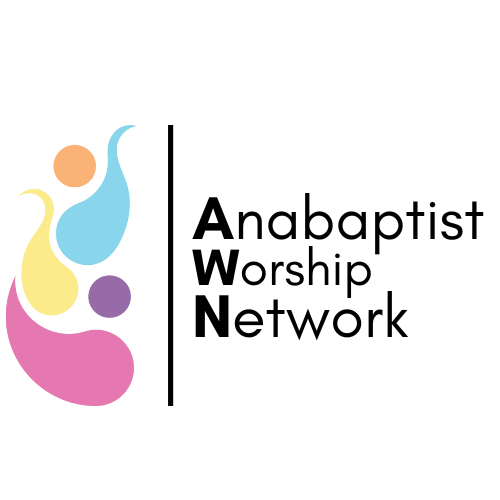Pentecost and Activism
by Amy Yoder McGloughlin
Six days before Pentecost this year, George Floyd was murdered by police in Minneapolis. And very quickly, the incident sparked outrage in Minneapolis, and across this country and world. People were in the streets marching, raging, and in some rare (yet highly publicized) cases, burning things down.
And all I could think was—this is Pentecost.
There was fire and wind on that first Pentecost, and it sent the disciples out of the home where they were praying and into the streets. And there in the streets they shared the good news.
This was not a controlled fire that came to them. This was not a gentle wind. This was a wild, untamed movement of the Spirit.
And people around them didn’t understand what was happening—they tried to spin it, saying, “They must be drunk!”
A few days after Mr. Floyd’s murder, my friend and fellow pastor, Rev. Ingrid Rassmussin, shared a video on social media of the area around her Minneapolis Luther church—hollow buildings where a Target, a police precinct, and small businesses once stood. She showed the places where #BLM was sprayed on her church property and said, “That’s a tag we’ll keep.”
She showed her congregation out in the street, providing water, medical care, and food to people whose world had just been turned upside down. This is Pentecost—the church in the street, sharing the good news in a language that makes sense to their tribe, their people.
The story of Pentecost is playing out in Minneapolis, Philadelphia, Chicago, Pittsburgh, and even in far flung places like Palestine. God’s spirit is at work.
It is messy, but it is clear, to me, that systems are burning down, and that a new world is being born.
If you feel uncomfortable about that image and analogy, you are not alone. The image of Pentecost and the images of these last few weeks are not easy to hold side by side. They are messy, painful, and confusing. It’s not easy to find a clear cut line or answer. And Lord knows, as a white woman of a certain age, I crave order and easy answers.
It feels like we have a new image of Pentecost, seen on the streets of Minneapolis and other cities around the globe. And that should worry us white folks who have acted like fire extinguishers on the Holy Spirit. It should remind us that discipleship is not clean and sterile—it is about getting into the mess of life. And it should scream to us that that good news comes in chaos, in destruction, in uncertainty. God shows up there. God does their best work there.
In this pandemic, we have an opportunity to scrap the worship playbook, to reinvent the ways our church gathers, and how we approach our worship experience. Like Pentecost, it’s exciting. And terrifying. And fraught.
But our faith is not something for us to hide behind. It should be sending us out of our buildings. It should be challenging our assumptions. It should scare us a little bit.
The spirit, on that day of Pentecost, was wild and untamed. And since that time we’ve been trying to tame it, explain it, extinguish it.
So maybe—now—we try to let it burn, and blow and send us out.
Amy is passionate about collaborating to create meaningful worship, and loves the vulnerable, gut wrenching preaching process. For the last 5 years, Amy was the worship resource person at the Laurelville Worship and Song Leaders Retreat. She has been an occasional blogger for Mennonite World Review and Practicing Families, a teacher at the Alternative Seminary, and a featured speaker at the Wild Goose Festival. Amy also serves as the MCUSA representative on the Christian Peacemaker Teams steering committee and leads multi-faith delegations to the West Bank every summer with CPT.

